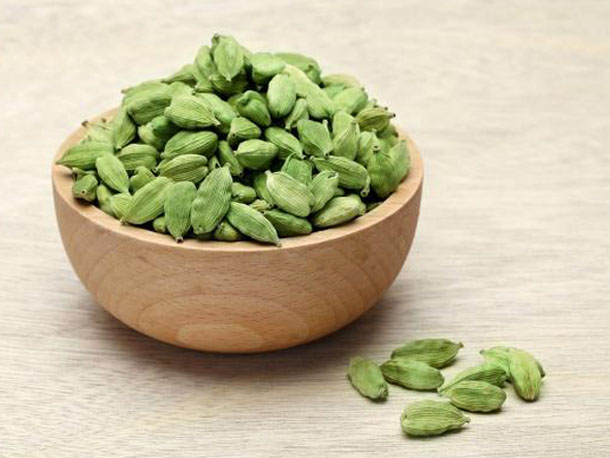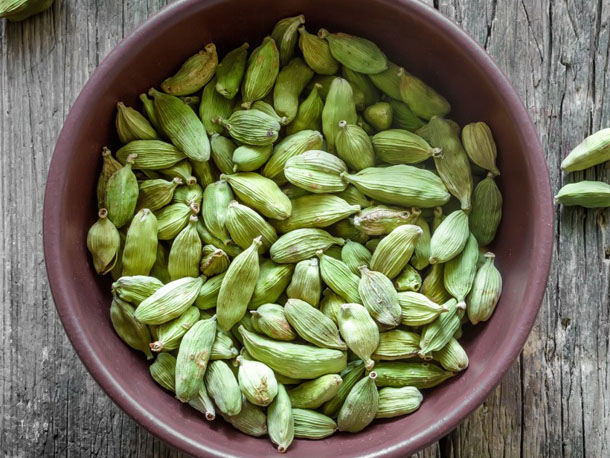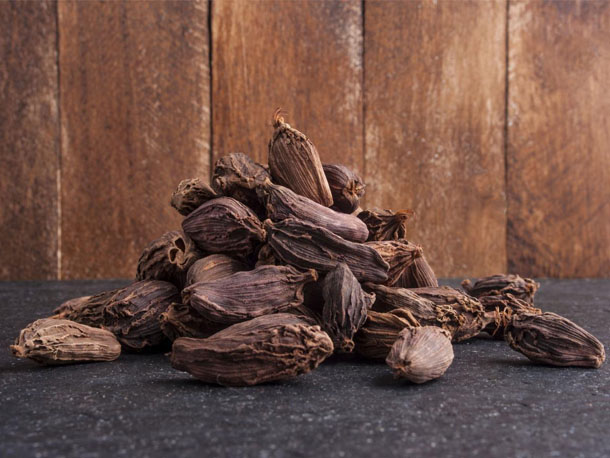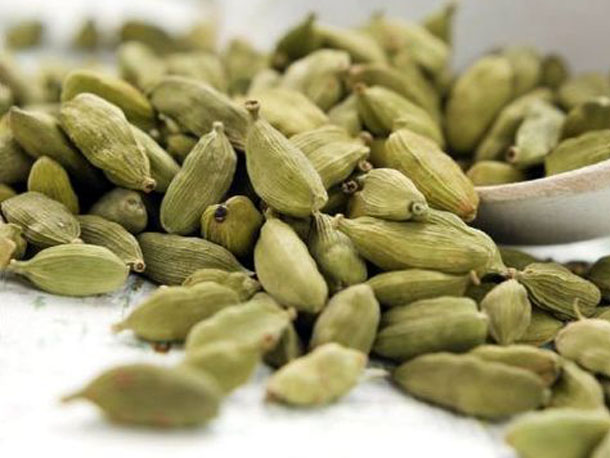Cardamom sees greatest price gain in India

PRICES of the top Indian spices have moved in different directions, with limited supplies of ginger and cardamom pushing offers steadily northwards and plenty of turmeric tending to make its price sag.
A protracted dry spell during the summer, followed by heavy rains and strong gales during the delayed southwest monsoon, has caused a marked drop in arrivals of cardamom in the auction centres of Kerala and Tamil Nadu, and induced a sharp price rise.
The shortage has been exacerbated by the fact that harvesting of the next cardamom crop has been delayed to mid-August. Growers consider the ‘Aadi’ month, stretching from mid-July to mid-August, to be inauspicious, and will only start picking the crop on ‘Aadi Perukku’, which falls on August 15.
While auctions officially resumed on July 11, thin arrivals resulted in only one auction being held on July 18 at Kumily by the Cardamom Processing and Marketing Company. No auctioneers appear keen on conducting sales at the moment for want of sufficient arrivals. Auctions are likely to commence in full swing only from the last week of August when the freshly harvested crop starts arriving.
“The decline in output in the current season in Kerala and Tamil Nadu is likely to be somewhere between 30% and 50% because of the extensive damage caused by the unfavourable weather that has so far prevailed in the growing areas, ” said Ashok Kumar, president of Kerala Cardamom Growers’ Union. “We could end up with less than 9,000 tonnes this season.” Similarly, ginger prices have been on the upswing as exports of the spice to West Asia, particularly Saudi Arabia, ahead of the Islamic month of Ramadan, have increased substantially.
Saudi Arabia is the major market for Indian ginger; and exports to that country have shot up by 48.5% in 2006/07 to 931 tonnes, from 627 tonnes in 2005/06. Saudi Arabian buyers prefer Indian ginger, and are willing to pay a premium for it.
Indian exports to other destinations have, however, come down due to strong competition from China, which has flooded markets in the US, Europe and West Asia with its cheaper supplies.
Ginger prices are firming in the local market, rising by Rs10 (25¢) a kg to Rs55 a kg in the past two months. Demand from North India is expected to increase further during the forthcoming festival season, and prices are forecast to further strengthen. Unconfirmed reports of a decline in the farming area by 30% to 40% are also adding to the bullish market.
The opposite is true for turmeric, which has been witness to selling pressure during the second fortnight of July.
Farmers in many states have stored an estimated 2.4m 70kg bags in warehouses.
F Badruddin, research analyst at Angel Commodities, feels that sluggish demand from overseas buyers as well as the domestic market could keep turmeric prices weak, but there could be a spell of firmness from mid-August to September when northern Indian traders would start purchasing the crop ahead of festivals.
However, the long-term sentiments are bearish, since there is a carryover stock of 1.5m bags.
Even if domestic production this year is 4m bags, there will still be 5.5m bags available, against the requirement of 3.9m bags for local consumption and exports.





